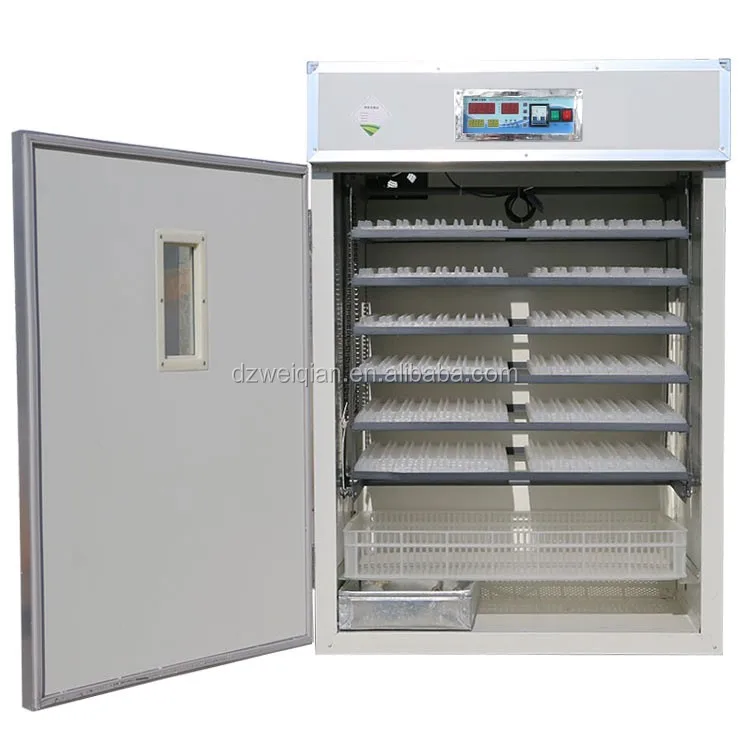

External temperature fluctuations can greatly affect the sustainability of the temperature in your incubator. Also, be sure that your incubator is kept in an area without extreme temperature fluctuations. Otherwise, you’ll be in for a higher mortality rate when your eggs hatch.Īlways aim for the middle-of-the-road in the temperature window, and keep careful track of the temperature in case of any errors or fluctuations. Patience is required, and you need to allow the natural cycle to do its thing. It is never a good idea to aim for higher temperature levels in an attempt to get your chicks to hatch faster. The lowered temperature makes up for the increased heat that comes from the egg embryos prior to hatching. This temperature should be kept consistently, generally aiming for an average of 100 degrees Fahrenheit or 38 degrees Celsius, for about 18 days.Īfter 18 days, the temperature should be lowered ever so slightly to around 98.5 degrees Fahrenheit or just below 37 degrees Celsius.

To start with, the temperature of your incubator should be about 99 degrees Fahrenheit to 102 degrees Fahrenheit or 37 degrees Celsius to 39 degrees Celsius.ĭepending, of course, on the unit of temperature your thermometer uses. That window changes slightly over the course of the entire incubation period, which is generally going to be about three weeks or 21 days. There is a very small window for ideal temperature and humidity when hatching chicken eggs. What Is the Ideal Temperature and Humidity for Hatching Chicken Eggs? In this article, we’ll take a look at the perfect temperature to keep your eggs at, what can happen if the temperature gets too hot or too cold, and what you can do to best ensure a high hatch rate. Chicken moments before hatching in homemde incubator & hatcherĪ temperature that is too cold, or especially one that is too hot, can have significant effects on how many of your eggs hatch.


 0 kommentar(er)
0 kommentar(er)
